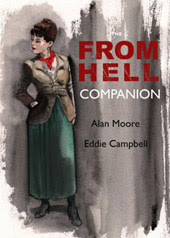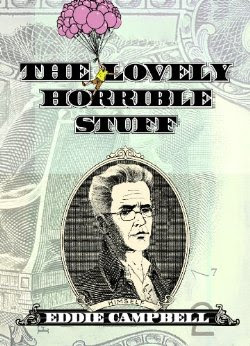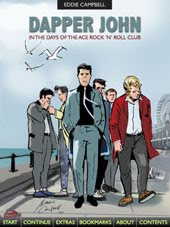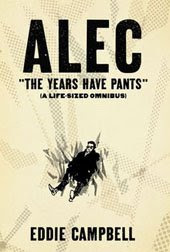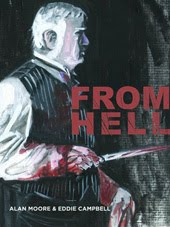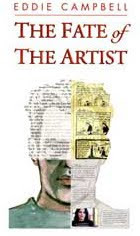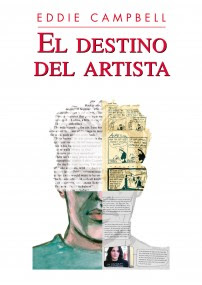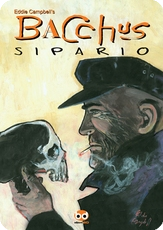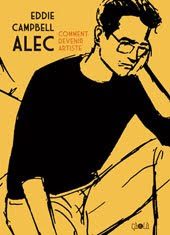, took a whole month to get to me from Amazon.com, otherwise I'd have given it a proper mention here earlier. Nolan is especially good on statistics and at highlighting the loony business manoeuvres that led to what she aptly calls 'the Love Glut,' which I want to examine in a minute. Her book is a fine summation of all the printed evidence, including her collection of comics going back to the beginning, as well as stuff from before that, from the romance pulp magazines. We still need a book that examines the art and puts more names to the people who made the things, but we can't have everything all at once. The subject is woefully understudied and we need to take one step at a time. Nolan's book lays the foundations. It marks out the territory in very logical order and any further advances would have to refer back to this. It's 200 pages of solid information which I consumed over a few days.
The timeline of the romance comic can be divided cleanly into *three* separate phases. Firstly there is a rise to a market glut from 8/1947 to mid 1950, following which there is a collapse. Not a complete discontinuity, but the sudden wiping away of over 60% of the furious activity. then there is a second phase, 1951 to April 1955 which is the month that introduced the stamp of authority of the Comics Code Censorship body. Thus the history of comics comes to a crucial divide where we must talk of of 'pre-code' and 'post-code'. Many companies were forced out of business in 1955 and '56 and in general, much that could previously be written and drawn in a romance comic was now proscribed. The first phase was the most experimental and intriguing from our perspective, as I have attempted to show in previous posts. By the second phase the nature of a romance comic was more narrowly defined, but remember that this phase includes the Toth and Frazetta stories I've already described. By the third phase it was reduced to a set of cliches and it becomes very hard to find worthwhile exceptions. It's this phase that we picture when we think of the romance comic; it's the one we see quoted in the Lichtenstein paintings.
How to make a glut : a study of the loony business side of comics. This is how Marvel did it. Marvel were the first to follow Simon and Kirby's initial success with the genre (see my part 4) with My Romance #1, a whole year later in Sept. 1948. They had four romance titles going by Jul 49, and between then and jan '50 they added another 27 individual series. Some of them had interesting, one-word titles:
 Faithful #1, Nov 1949; Loveland #1, Nov 1949
Faithful #1, Nov 1949; Loveland #1, Nov 1949 Cupid #1, Dec 1949; Honeymoon #41, jan 1950
Cupid #1, Dec 1949; Honeymoon #41, jan 1950If you can get close enough to that last title (click to enlarge) You'll notice it has a number 41 on it. The First forty issues were a humor comic titled Gay Comics. My understanding is that a publisher could save itself the expense of paying for a postal permit for a new title by using the numbering of a discontinued one. Thus Marvel did not officially cancel the Human Torch but continued it under the new title Love Tales #36 (5/49). In the scramble to get as many love books onto the market as possible they turned their extant superhero titles into romances. Blonde Phantom became Lovers #23 (5/49), Sub-Mariner became Best Love #33 (8/49)(see my part 8). The last one standing, Captain America, was turned into a horror comic (10/49).
Publisher Fox used this technique extensively. There's a wicked humour to making a list out of these, so I'm going to quote them all, and if you are a lover of insanity it's worth working through: Meet Corliss Archer became My Life with #4 (9/48); Zago, Jungle Prince became My Story from #5 (5/49);
Zegra (a jungle girl) became My Love Life with #6 (6/49); Phantom Lady became My Love Secret with #24 (6/49); Rula (another jungle girl-this was an earlier fad) became I loved with #28 (7/49); Western Outlaws became My Secret Life with #22 (7/49); Western Killers became My True Love with #65 (7/49); Jo-jo became My Desire with #31 (8/49); Western Thriller became My Past with #7 (8/49); All Top Comics became My Experience with #19 (9/49); Captain Kidd became My Secret Story as of #26 (10/49); Women Outlaws became My Love Memoirs as of #9 (11/49); Murder Inc. became My private Life as of #16 (2/50). And to meet what they imagined was an insatiable demand for love comics, they also started a few at #1. Altogether Fox had 21 Romance comics in the market.
The art in those books is, as far as I've seen, all dreary and clumsy and if you look at too much of it you'll lose the will to live. The covers on the other hand are always striking though rarely in a pleasant way. They invariably shout 'FOX' just from the feeling they leave you with. Sometimes it's a feeling of imminent mayhem.
 My Love Memoirs #11 feb '50 My life #13 mar '50
My Love Memoirs #11 feb '50 My life #13 mar '50Other times the mayhem's already under way.
 My Secret Romance #2 Mar'50, My Great Love #3 Feb '50
My Secret Romance #2 Mar'50, My Great Love #3 Feb '50But whatever's going on, it's never any of that sweet stuff you see on the Marvel covers above.
 My Intimate Affair #1 mar '50, My Love Life #9 dec '49
My Intimate Affair #1 mar '50, My Love Life #9 dec '49You don't need a business degree to know it was all bound to go wrong. The funniest account of the glut and the fall-out appeared in, of all places, a romance comic book. Publisher EC's contribution to the love genre was remarkably restrained and also short-lived. It consisted of fifteen issues under three different titles. This was their final offering.
 Modern Love #8, Aug 1950
Modern Love #8, Aug 1950In which they reveal quite early their delight in mockery that would later be their salvation. In the oddest story ever to appear in a romance comic, Gaines and Feldstein lampooned the Love Glut. It was drawn by Feldstein in his usual charmless and wooden manner. The old geezer on the left is supposedly the EC publisher; he's having an affair with a sweet young thing and he has decided to put love into the comics:

It's a brilliant idea and all the women in America have got to get a copy.

But that's not enough. We don't need the stupid crime comics!

Let's take everything we publish and turn it into a romance comic!

Now Feldstein introduces caricatures of his rivals. First Victor Fox, here named V.Wolf.

Here's Lev Gleason (Love Greasin), publisher of the enormously successful first Crime comic, Crime Does Not Pay. He actually only published two romance titles, one of which would run for 57 issues all the way into 1956.

The GLUT!

The returns start coming in:

Fox is feeling the pinch

Jack Lyman and Joe Curry, alias Simon and Kirby. In this version they've followed EC into the Love Glut. The public isn't to know the truth of such matters. Two panels later they throw themselves out the window to their deaths.

The sums are done and it's looking ugly:

A gun is produced and everybody commits suicide.
exeunt whole 8-page story link
whole 8-page story linkWhen market congestion caused the roof to fall in, Marvel cut its 31 romance titles down to 7. Quality cancelled all 14 of its titles and brought back three of them six months later in 1951. The other companies either scaled down the romance thing or got out of it. There were even a couple who had published moderately before the glut and continued moderately after it. But what about Fox? Fox got rid of all 21 of its love books, mostly by converting them into other genres: My Love Affair became March of Crime at #7 after only six issues; My past continued as Crimes Inc after #11; Women in Love became Feature Presentation after four issues; My Experience changed again, this time to Judy Canova after #22; My Love story became Hoot Gibson; My Great Love became Will Rogers Western; My Secret Affair became Martin Kane , Private Eye from #4; My Secret Romance became Star Presentation from #3; My intimate Affair changed to Inside Crime; My Private Life became Pedro Fox at #18 after previously being Murder inc. ; And Murder inc. got a comeback, following the numbering of My Desire at #35.


























